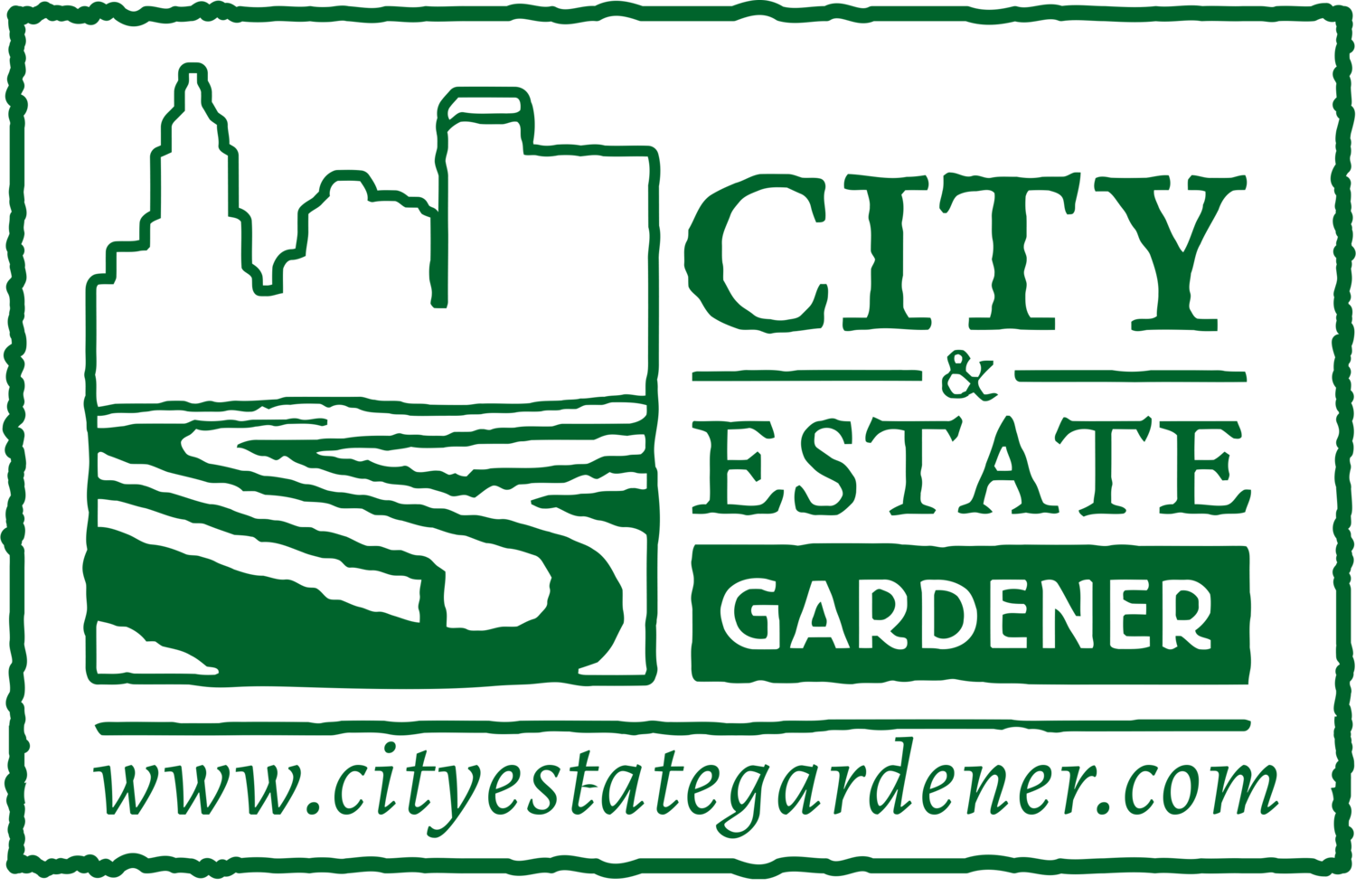Source: BHG.com
July Gardening Tips for the Northeast
Keep up with the harvest and tend to watering chores -- just a few of the garden chores that need to be done this month.
Irrigate Wisely
Conserve water when you garden by following these water-wise irrigation tips:
Inspect hoses. Check water hoses while they're under full water pressure. Look for leaky connections. Repair as needed.
Trade out the sprinkler. Where possible, install soaker hoses, or a drip tube system, both of which deliver water directly to soil.
Watch the water. At least monthly, observe automatic irrigation systems in action. Make sure you¿re not watering hard surfaces, such as sidewalks or driveways.
Add a rain barrel to catch runoff from rooftops. Install the largest barrel you can afford. Choose one with a cover to prevent wildlife or children from falling in. Make sure the water release spout is situated high enough to allow rain water to flow into your watering container of choice.
Install a timer on sprinklers or automatic irrigation systems. If you purchase a timer, look for one that includes a rainfall shut-off device. New wireless timers gather weather data from the local weather observation stations and adjust watering frequency accordingly.
Keep Flowers Looking Beautiful
Pinching is a grooming practice that produces compact, bushy plants.
Remove spent blooms on roses, perennials, and annuals to keep the flower show going strong. Cut back annuals like petunias in midsummer to encourage fresh growth and flowering. Reduce plant height or length by one-third or more.
Continue pinching mums through mid-month to encourage a full, colorful fall flower display.
Give late-blooming perennials, such sedum, aster, and boltonia, a quick trim by cutting plants back by one-third around July 4.
Check containers of annuals daily for water needs. Give flowering plants a bloom booster fertilizer every 10 days for an amazing show.
Cut early-season bloomers, like delphinium, daisy, and campanula back by one-half to one-third. New growth will sprout and your efforts may be rewarded with a second flower show.
Add curb appeal by adding a flower garden to your front yard.
Find the best perennials for your yard with Plant Encyclopedia.
Care for Vegetables
Keep your vegetable garden well watered during hot, dry spells. It's best to give most plants about an inch of water a week.
If you irrigate your vegetable garden, avoid doing so in late afternoon or evening. Give the moisture a chance to evaporate before the temperatures start to drop. Also: Avoid getting foliage wet whenever possible, especially on disease-prone species such as tomatoes and squash.
Don't allow vegetables to rot on the vines -- or fall off and decompose in the soil. Fallen fruit attracts pests and can harbor disease.
Pinch basil periodically if you don't harvest it weekly. Pinching keeps it from flowering and ensure you have a full, bushy-looking plant.
If you want fresh, baby potatoes, begin digging them when the plants start to produce blooms. Otherwise wait a little longer until the potato plant begins to turn brown.
If you see white butterflies are flitting among your vegetables, you'll soon spot green worms feasting on cabbage family crops (cabbage, broccoli, brussel sprouts). Treat plants with Bacillus thuringiensis (Bt), a natural bacterium. Caterpillars consume Bt when they munch on treated leaves, and the bacteria kill them.
If you're dealing with flea beetles or Mexican bean beetles on vegetables, dust crops with a pesticide such carbaryl or spray an organic control like pyrethrum. Be sure to coat leaf undersides.


